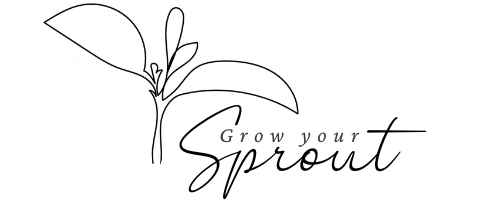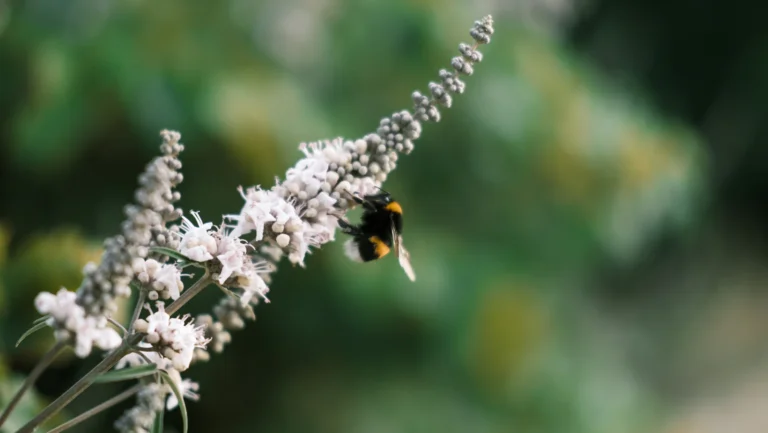Veggies & Bulbs for late-summer gardening
As the sun-soaked days of summer begin to wane, there’s no need to bid farewell to your garden just yet. Late summer presents a golden opportunity to cultivate a bountiful harvest and a riot of colorful blooms. Whether you’re a seasoned gardener or a green-thumb enthusiast, this is the time to roll up your sleeves, grab your gardening gloves, and get your hands in the dirt. In this article, we’ll take you through a delightful journey of 20 vegetables to plant and some stunning bulbs to sow for a late-summer garden that bursts with life and flavor.
Vegetables that shine in late summer
Lettuce (June to August): The cool breeze of late summer is perfect for lettuce to thrive without bolting. Consider varieties like Butterhead and Romaine for crisp salads.
Spinach (June to August): This leafy green adores the cooler temperatures, making it an ideal choice for a late-season planting. Add a splash of health and flavor – plant some spinach and watch your garden thrive with goodness!
 Radishes (July to August): With their quick growth cycle, radishes can be sown now for a speedy harvest. Enjoy their spicy crunch in just a few weeks.
Radishes (July to August): With their quick growth cycle, radishes can be sown now for a speedy harvest. Enjoy their spicy crunch in just a few weeks.
 Carrots (July to August): For sweet and tender carrots, plant their seeds in late summer. Their vibrant colors will add a touch of sunshine to your garden beds. Carrots are a nutritional treasure trove, offering a delicious source of vitamins and minerals.
Carrots (July to August): For sweet and tender carrots, plant their seeds in late summer. Their vibrant colors will add a touch of sunshine to your garden beds. Carrots are a nutritional treasure trove, offering a delicious source of vitamins and minerals.
Kale (July to August): Fall is kale’s time to shine. Its sturdy leaves withstand chilly weather, enhancing the flavor and sweetness. Planting kale amps up your garden’s nutrient game, offering a bounty of vitamins and minerals in these versatile and delicious leaves.
Broccoli (July to August): Broccoli’s got your back for a hearty fall harvest. Make sure it has ample time to mature before the chill sets in. Planting broccoli elevates your garden’s nutrition with this powerhouse superfood, packed with vitamins and minerals for a healthy harvest.
Peas (July to August): Take advantage of the cooling temperatures to grow peas. Let your peas thrive in cooler temperatures, avoiding the summer heat that can be too intense for these delicate legumes. They’ll flourish without the risk of overheating.
 Beets (July to August): Beets are a must-grow late-summer veggie. Both the roots and the leafy greens are edible and delicious. They brings vibrant colors and a nutritious punch to your garden, enriching both your plate and your soil.
Beets (July to August): Beets are a must-grow late-summer veggie. Both the roots and the leafy greens are edible and delicious. They brings vibrant colors and a nutritious punch to your garden, enriching both your plate and your soil.
Cabbage (July to August): Cabbage’s sturdy growth and resistance to pests and cooler weather make it a reliable garden companion, promising a robust harvest and garden protection. Try both green and red varieties to add a pop of color to your garden.
Swiss Chard (July to August): A versatile green that’s as visually appealing as it is delicious, Swiss chard can be planted now for a continuous harvest. These vibrant leaves are as delicious as they are ornamental.
Green Onions (July to August): These aromatic delights are a must-have for a late-summer garden. Plant them now for a delightful oniony kick in your dishes. They’re versatile and easy to grow.
Turnips (July to August): Planting turnips delivers double delights – enjoy both the delicious roots and nutrient-rich greens for a wholesome and satisfying harvest in the end of the summer. Don’t forget to enjoy their nutrient-rich greens too.
Bush Beans (July to August): Both the roots and the greens of turnips are edible and delightful. Plant them for a two-for-one treat. These quick growers are perfect for late-summer planting.
Zucchini (June to August): If you’re a fan of summer squash, it’s not too late to enjoy fresh zucchini. Planting zucchini offers a versatile harvest with different varieties. These prolific plants can yield a delicious crop before frost hits.
Garlic (September to October): Fall is garlic-planting season. Plant cloves now for a strong and flavorful garlic crop next year. Your efforts will yield flavorful bulbs come next year.
Peppers (June to August): Planting peppers offers a palette of taste with diverse varieties and colors. If your region enjoys warmth into early fall, peppers are a wonderful choice. Choose your preferred level of spiciness and get planting.
Brussels Sprouts (June to August): These petite cabbages are a wonderful late-season choice (they adore cooler weather!), adding a touch of elegance to your garden. Plant them now for a delightful fall harvest.
Endive (June to August): Endive are easy to grow and thrives in cooler temperatures, making it an ideal choice for late summer and fall planting. Add a touch of bitterness to your salads with a unique flavor.
Cauliflower (July to August): Elevate your autumn meals with homegrown cauliflower. With the right care, you can expect a late autumn cauliflower crop that’s as creamy and savory as ever.
Herbs (June to August): Don’t forget about herbs! Plant varieties like basil, cilantro, and parsley for fresh flavors as the season winds down. They’ll keep your dishes flavorful until winter arrives.
Blossoms that Illuminate Late Summer
As you prepare for fall, don’t forget to infuse your garden with late-summer bulbs that’ll keep your space vibrant and colorful:
 Dahlia (April to June): Plant these showstoppers earlier in the year for a late-summer spectacle of colorful and dramatic blooms. Perfect for a visual delight in gardens and floral arrangements.
Dahlia (April to June): Plant these showstoppers earlier in the year for a late-summer spectacle of colorful and dramatic blooms. Perfect for a visual delight in gardens and floral arrangements.
Crocosmia (April to June): These vibrant red and orange flowers bring an exotic touch to your garden, lighting it up with warmth. Some varieties have a subtle, faint fragrance described as sweet and slightly spicy.
Gladiolus (April to June): Plant these tall and graceful flowers for vertical interest and a splash of color in your late-summer landscape.
Canna Lily (March to May): Their tropical appearance adds a touch of paradise to your garden, making it feel like summer all year round. Their scent is a mix of sweet, fruity, and slightly musky notes. Some people compare the fragrance to the scent of orchids.
Oriental Lily (February to April): Oriental Lilies are renowned for their captivating and allurinf fragrance among lily varieties. The scent is described as a heady and exotic blend of floral notes with hints of spice and a touch of citrus.
Autumn Crocus / Colchium (July to August): Autumn Crocus flowers are valued for their visual beauty and ability to thrive in cooler seasons. Contrary to its name, this flower brings delicate petals in shades of pink, purple, and white to your late-summer garden.
 Anemone (August to September): These daisy-like flowers add a whimsical touch to your garden with their charming appearance. Anemones add a touch of whimsy to gardens and floral arrangements.
Anemone (August to September): These daisy-like flowers add a whimsical touch to your garden with their charming appearance. Anemones add a touch of whimsy to gardens and floral arrangements.
Calla Lily (March to May): With their elegant and sculptural form, calla lilies are bound to be a conversation starter in your garden.
Late summer isn’t a time to say goodbye to your garden; it’s a time to sow the seeds of beauty and harvest for the future. By planting these late-summer veggies and bulbs, you’re inviting a symphony of flavors and colors that will keep your outdoor space alive well into the cooler months. So, put on your gardening gloves, grab your spade, and let the magic unfold in your very own backyard sanctuary.
Temperature and precipitation forecast
2023 USA Fall temperature forecast (Map)

2023 US Fall precipitation forecast

Hurricane season officially runs through November. We expect near-normal activity and the 2023 hurricane count to fall just a bit short of last year’s. See more hurricane predictions.
2023 Canada Fall precipitation & temperature forecast
In Canada, autumn temperatures will be warmer than normal from southern Ontario (region 3) westward across the central and western provinces to the Pacific Coast and near to below normal elsewhere.
Rainfall will be below normal in Atlantic Canada (region 1) and southern Quebec (region 2) and from western Ontario into the eastern Prairies (region 4) and near to above normal elsewhere.



Leave a comment